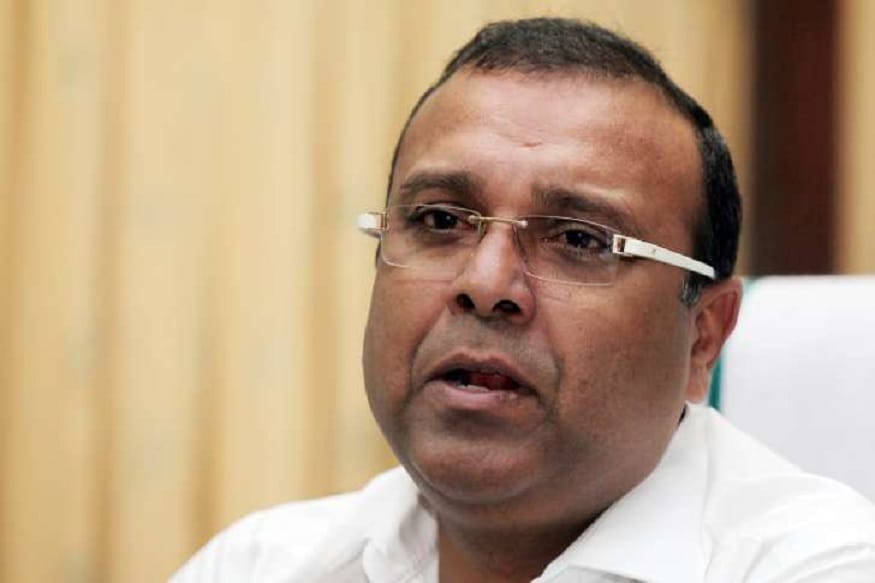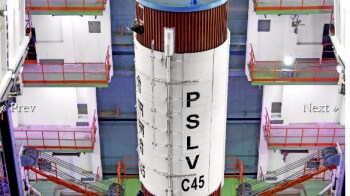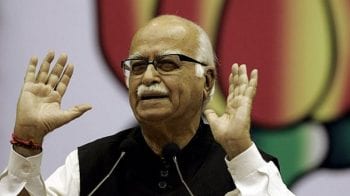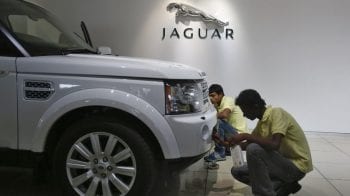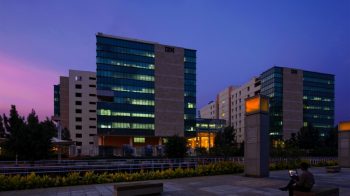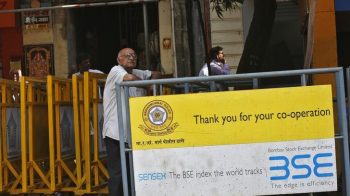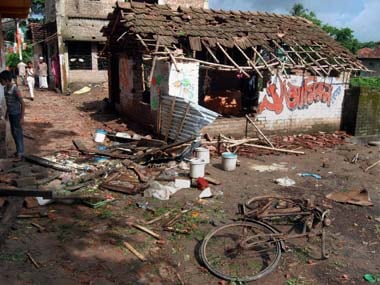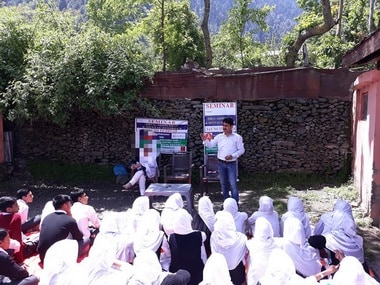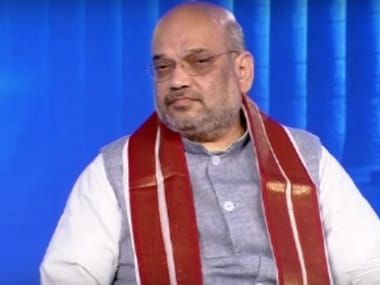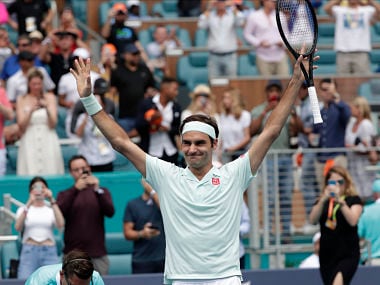It is important to acknowledge that India had a near currency crisis in 2013, largely due to the unsustainable level of fiscal deficit in the preceding period.
It’s been a week since Congress President Rahul Gandhi proposed the minimum income guarantee scheme or Nyuntam Aay Yojana (NYAY). As expected, the proposal is being widely discussed. However, it is worrying to see that the criticism of the idea or questions about its fiscal feasibility are being painted as anti-poor.
For instance, former chief economic advisor Kaushik Basu tweeted: “Subsidize the poor to help them to a minimal living standard & you have commentators screaming fiscal irresponsibility. What they don’t talk about are the numerous advantages & implicit subsidies the rich get, a tiny tax on which is enough to help the poor with deficit unchanged.”
Pratap Bhanu Mehta, Vice-Chancellor at the Ashoka University, while raising important questions about the issue in his recent column, said: “…a marginal infusion of cash in the hands of the poor will destroy them. But the slightest tinkering with taxes in contexts where it is hard to even imagine what the marginal value of income is, will apparently cause economic catastrophe. The bad faith of our discussions on poverty is really reflected most strongly in the bad faith of discussions we have over taxation.”
Former finance minister P. Chidambaram, in his weekly column in The Indian Express also touched upon the issue and argued: “The moral-economic question is, should not the country set apart up to 2 percent of its GDP [gross domestic product] to lift the poorest 20 percent out of poverty. Remember, the bullet train between Ahmedabad and Mumbai will cost upwards of Rs 1,00,000 crore!...why should 50 million families (250 million people) not deserve a small fraction of the GDP or of the total expenditure?”
However, the real question is: can the annual government expenditure be increased by about 2 percent of GDP. The answer, clearly, is no. This does not mean that the state is not doing anything for those who have not gained from economic growth. It is important that the issue is debated with economic reasoning.
As things stand today, it looks unlikely that money can be set aside by radically rationalising subsidies. Therefore, the programme can only be financed either by compressing developmental expenditure, raising taxes or increasing the budget deficit. Compressing developmental and capital expenditure will affect growth prospects, which will not only reduce the possibility of people moving out of poverty but will also affect the government’s capability to finance such programmes.
On the revenue side, it is not easy to suddenly increase collection by about 2 percent of GDP. In fact, the government is progressively bringing down the goods and services tax (GST) rate. A reversal is unlikely to benefit anyone. In the context of direct taxes, it is often argued that a lot of implicit subsidies are given to the well-off section of the population. For instance, the Economic Survey (2015-16) showed that this section benefited to the tune of Rs 1 lakh crore. However, most of these “implicit subsidies” cannot be converted into actual revenue. For instance, it showed that gold was then taxed at 1-1.6 percent (Centre and states combined) compared with a tax of about 26 percent on normal goods. The difference was marked as gain, as 80 percent of the gold is bought by the richest 20 percent of the population.
But if taxes on gold are raised to, say, 25 percent, the entire trade will go underground and the jewellery business will collapse, resulting in massive job losses. In terms of corporate tax, exemptions are being phased out with rationalisation in rates. This will help Indian firms compete in global markets. Also, India has seen that lower rates lead to better compliance and higher revenue. Raising tax rates will lead to inefficacy and encourage the black economy, as it did in the pre-reform era. It would not be wise to repeat the same mistake and expect a different outcome this time around. However, there is a case for improving compliance.
Therefore, perhaps, the only way NYAY could be financed is by increasing the fiscal deficit. India runs one of the largest budget deficits among its peers and additional borrowing worth about 2 percent of GDP will significantly erode confidence in Indian markets, increasing financial stability risks. This would adversely affect growth and income prospects across the board, including the poor that NYAY intends to benefit. It is important to acknowledge that India had a near currency crisis in 2013, largely due to the unsustainable level of fiscal deficit in the preceding period. Both the then United Progressive Alliance government and, later, the National Democratic Alliance government had to work hard to strengthen financial stability. Therefore, ideas that can affect financial stability should be avoided.
Yes, India needs to pull people out of poverty. But simply raising the tax rate or borrowing more will not help. The Congress party has tried this before—it did not work then, it will not work now.


















